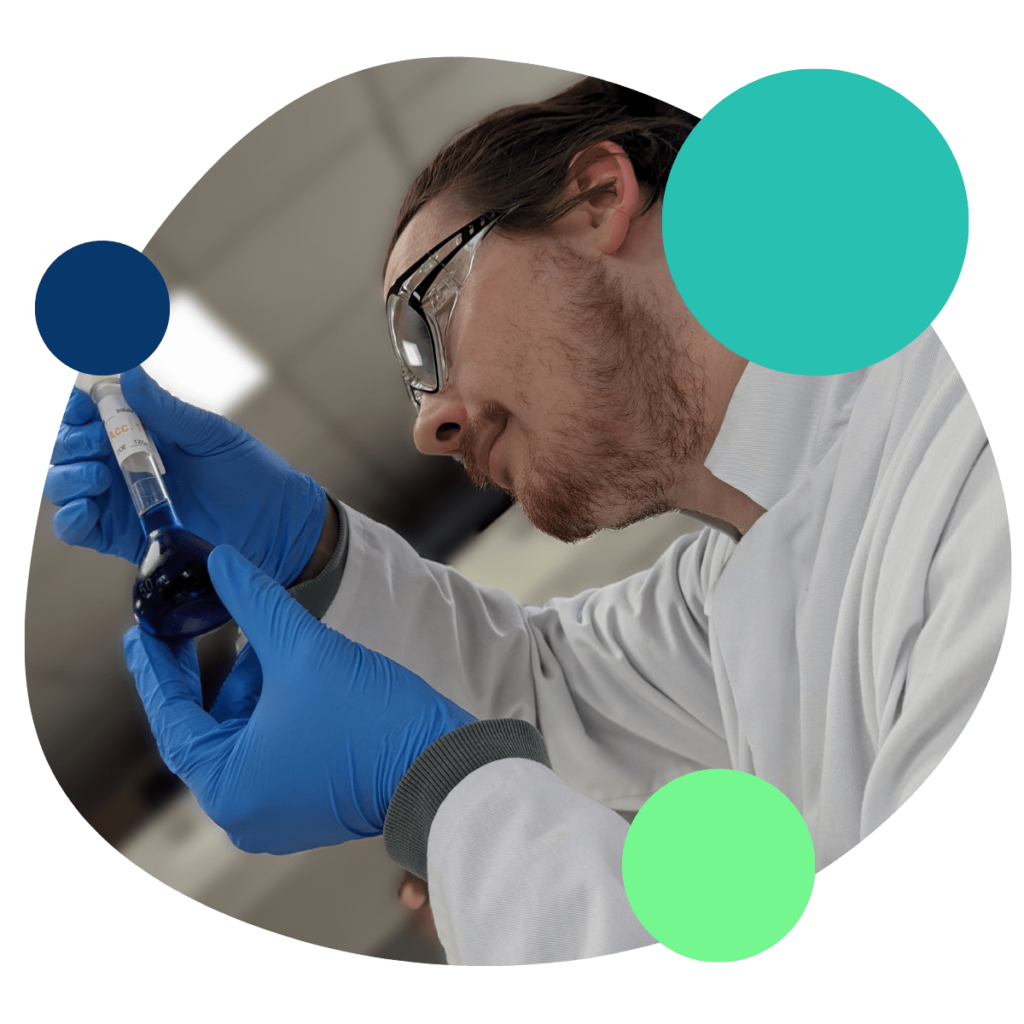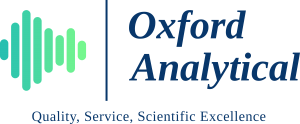Laboratory Techniques at Oxford Analytical Services
At Oxford Analytical Services, we utilise a comprehensive range of advanced laboratory techniques to ensure precise analysis and reliable data across various industries. Our expertise spans chromatography, spectroscopy, thermal analysis, and physico-chemical testing, enabling us to support research, quality control and regulatory compliance. Explore our techniques below to learn how we can assist with your analytical needs.
Measures heat flow in a sample as temperature changes. Used to determine melting points, crystallisation, glass transition and thermal stability of materials.
Identifies chemical bonds by measuring infrared light absorption. Useful for analysing molecular structures, functional groups and detecting impurities in organic and inorganic compounds.
Separates volatile compounds based on their interaction with a stationary phase and carrier gas. Commonly used in environmental, pharmaceutical and food analysis.
Detects organic compounds by burning them in a hydrogen flame. Generates ions proportional to carbon content, making it highly sensitive for hydrocarbons and volatile organics.
Analyses volatile compounds in the gas phase above a sample without direct injection. Ideal for residual solvent analysis, aroma profiling and contamination detection.
Identifies and quantifies volatile compounds by separating them via GC and analysing their mass-to-charge ratio in a mass spectrometer for structural determination.
Separates and quantifies components in liquid samples under high pressure. Used for pharmaceuticals, food and environmental samples requiring precise compound identification.
Monitors absorbance across multiple UV-Vis wavelengths simultaneously. Allows compound identification based on spectral data, improving detection accuracy and selectivity.
Detects non-volatile compounds by evaporating the solvent and measuring scattered light. Useful for lipids, sugars and other non-UV absorbing analytes.
Quantifies and identifies compounds with UV-active chromophores by measuring absorbance at specific wavelengths, widely used in pharmaceutical and food analysis.
Detects trace elements with high sensitivity by ionising the sample in plasma, then measuring their mass-to-charge ratio for elemental analysis.
Excites atoms in plasma and measures emitted light wavelengths to determine elemental composition, ideal for metals and trace elements.
Separates and quantifies ions using a charged stationary phase. Common for water quality testing, pharmaceutical analysis and detecting anions/cations.
Combines liquid chromatography with tandem mass spectrometry for precise molecular identification, widely used in drug development and complex mixture analysis.
Determines particle size range and distribution in powders, emulsions and suspensions, crucial for product quality control in pharmaceuticals and materials science.
Includes pH measurement, viscosity, refractive index, density and conductivity analysis, essential for characterising physical and chemical properties of materials.
We also offer a range of physical testing equipment designed to meet the specifications of a large number of methods and guidelines. These include (but are not limited to):
Our packages can be tailored to suit your needs.

